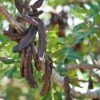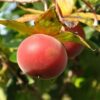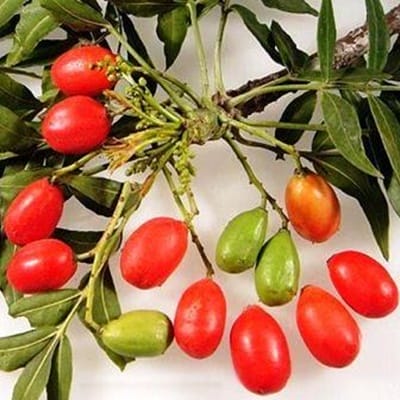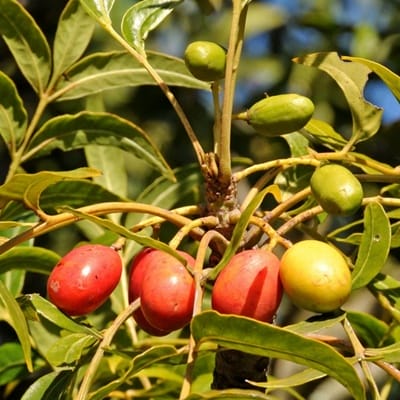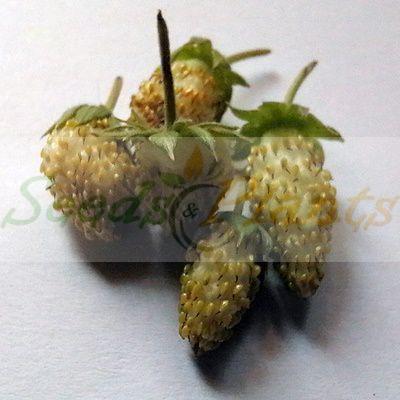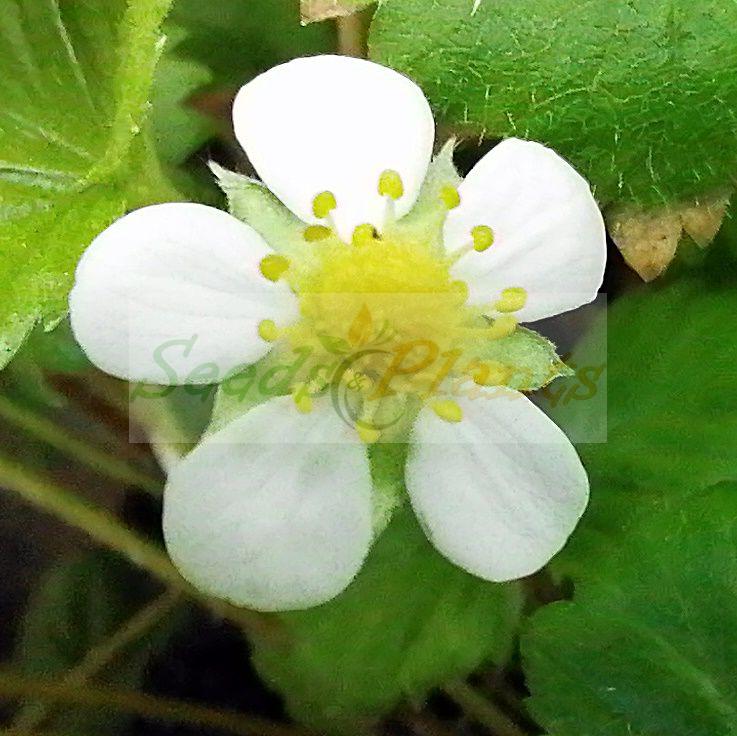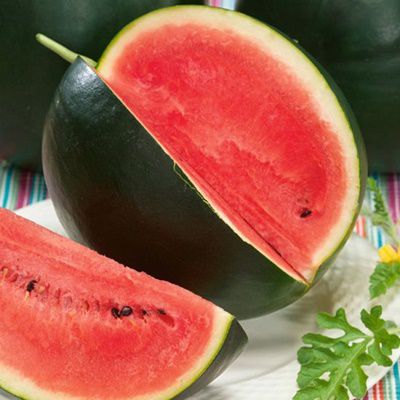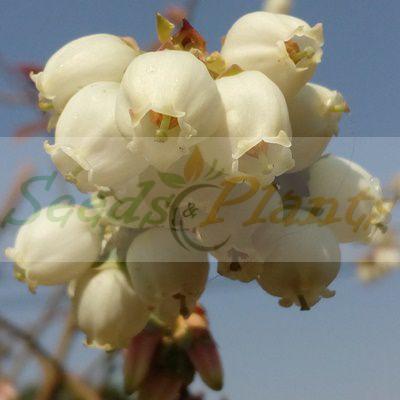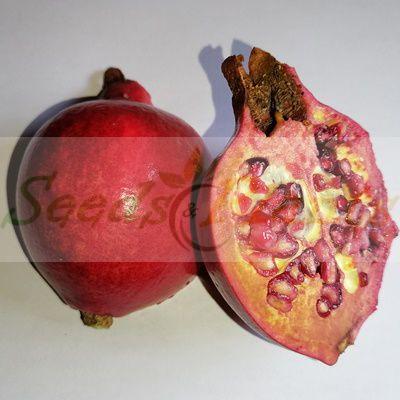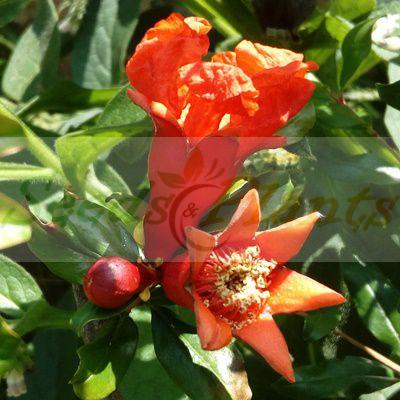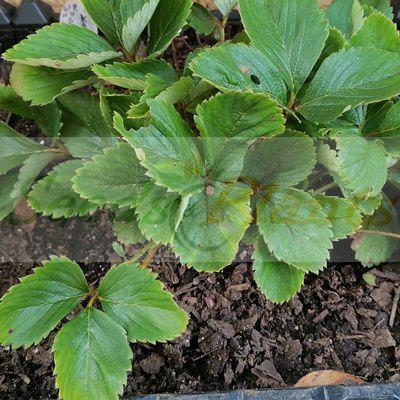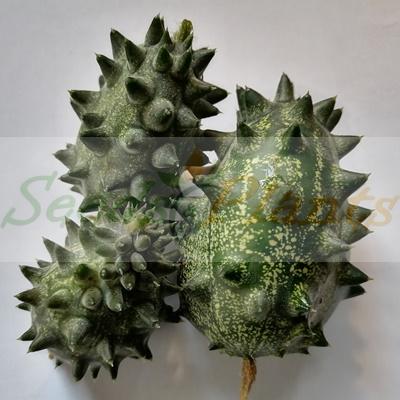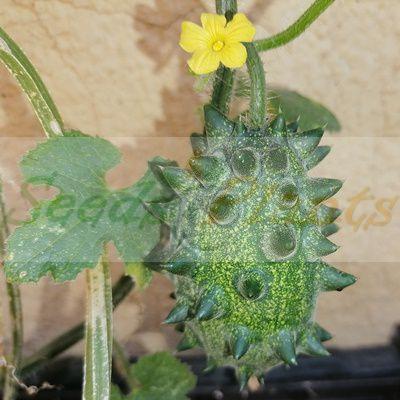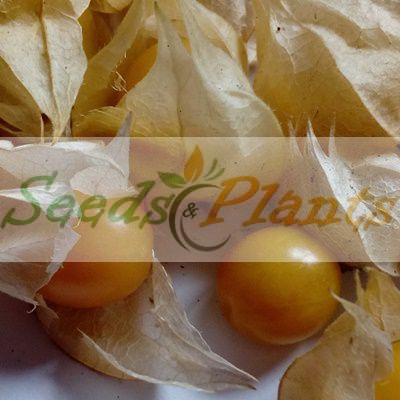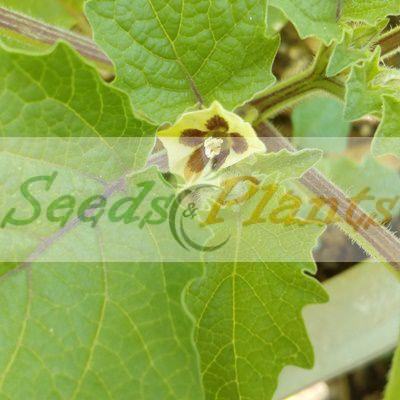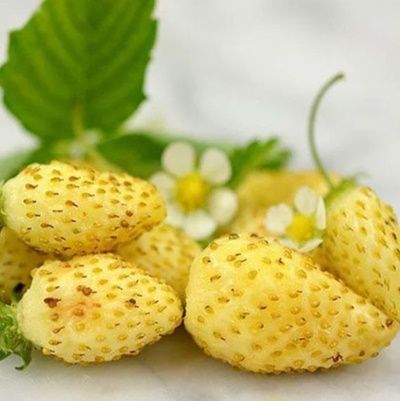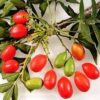🍒 Fruit Quick Facts
Fruit Info
- 🌍 Origin / Region: Southern Africa
- 🍽️ Culinary Use: Applesauce substitute, Baking, Chutneys, Desserts, Jams and Jellies, Juices and Syrups, Liqueurs/Wines, Raw Eating, Sauces
- 🥗 Edible Part: Fruit pulp, Seed kernel
- 😋 Flavor Profile: Sweet-tart
Growth Traits
- 🌱 Life Cycle: Perennial
- 🌾 Plant Type: Tree
- 🔁 Fruiting Needs: Needs Male & Female Plants
- 🪴 Growth Habit: Broad, Rounded crown, Spreading, Upright
- 🌸 Flower Color: White
- 🌿 Foliage Type: Evergreen
- 🦋 Pollinator Method: Attracts Bees, Attracts Beetles, Attracts Butterflies, Attracts Wasps
Growing Requirements
- 🌞 Sun Exposure: Full Sun, Partial Shade
- 💧 Water Needs: Avoid Overwatering, Regular Water, Water Deeply
- ☀️ Growing Conditions: Frost Sensitive, Heat Tolerant, Low Cold Tolerance, Moderately Drought Tolerant
- 🟤 Soil Preference: Fertile, Humus-rich, Slightly acidic, Tolerant of most soils, Well-Drained
Wild Plum – 5 Seeds
(Harpephyllum caffrum)
R30.00
The flesh of the fruit has a velvety texture, is peach-orange in color and contains a large seed. The fruit is used for making jams and jellies.
Common names: wild plum (Eng.); wildepruim, suurbessie, gwenjabessie (Afr.); umgwenya (Zulu, Xhosa); mothekele (Northern Sotho)
It produces small tart stone fruits that resemble miniature mangoes.
Indoor Sowing: Spring and Summer.
Direct Sowing: Summer.
Only 3 left in stock
🍒 Fruit Quick Facts
Fruit Info
- 🌍 Origin / Region: Southern Africa
- 🍽️ Culinary Use: Applesauce substitute, Baking, Chutneys, Desserts, Jams and Jellies, Juices and Syrups, Liqueurs/Wines, Raw Eating, Sauces
- 🥗 Edible Part: Fruit pulp, Seed kernel
- 😋 Flavor Profile: Sweet-tart
Growth Traits
- 🌱 Life Cycle: Perennial
- 🌾 Plant Type: Tree
- 🔁 Fruiting Needs: Needs Male & Female Plants
- 🪴 Growth Habit: Broad, Rounded crown, Spreading, Upright
- 🌸 Flower Color: White
- 🌿 Foliage Type: Evergreen
- 🦋 Pollinator Method: Attracts Bees, Attracts Beetles, Attracts Butterflies, Attracts Wasps
Growing Requirements
- 🌞 Sun Exposure: Full Sun, Partial Shade
- 💧 Water Needs: Avoid Overwatering, Regular Water, Water Deeply
- ☀️ Growing Conditions: Frost Sensitive, Heat Tolerant, Low Cold Tolerance, Moderately Drought Tolerant
- 🟤 Soil Preference: Fertile, Humus-rich, Slightly acidic, Tolerant of most soils, Well-Drained
Wild Plum (Harpephyllum caffrum) is a large dioecious, evergreen tree that grows up to 15 m tall. Branches are curved bowed upwards, with leaves crowded towards the ends, forming a thick crown at the top of the tree. It has dark green sickle-shaped leaves that have a glossy appearance. An odd red leaf may be scattered throughout the foliage.
White blossoms are followed by loose clusters of oblong fruits. They are 3 cm long and first appear green but become bright red when ripe. The flesh of the fruit has a velvety texture, is peach-orange in color and contains a large seed. The fruit is used for making jams and jellies. The bark of the tree has medicinal benefits. It is used to treat skin conditions and sprains or fractures.
Common names: wild plum (Eng.); wildepruim, suurbessie, gwenjabessie (Afr.); umgwenya (Zulu, Xhosa); mothekele (Northern Sotho)
Growing Wild Plum
Indoor Sowing: Spring and Summer.
Direct Sowing: Summer.
- Soak the seeds in water for 24 hours.
- Then sow the seeds in trays filled with river sand or a normal potting soil. Do not plant the seeds too deep, as they can easily rot.
- Germination in about 3 – 6 weeks.
- Once established, the tree is drought tolerant.
Disclaimer
Medicinal Information:
All medicinal information on this website is for educational and informational purposes only and may not be construed as medical advice. The information is not intended to replace medical advice or treatment offered by healthcare professionals.
Seeds, Plants, Plant Cuttings, Geophytes and Dried Herbs:
In some countries and provinces, certain plants are deemed as invasive and are not allowed to be planted at all, whilst some plants are allowed to be grown only in certain areas or provinces. The onus is on you as the buyer to familiarize yourself with the regulations pertaining to your location, before purchasing any of our seeds, plants, plant cuttings, geophytes or dried herbs. We will not be held liable, should you purchase any seeds, plants, plant cuttings, geophytes or dried herbs. from us which are prohibited in your country or province.

